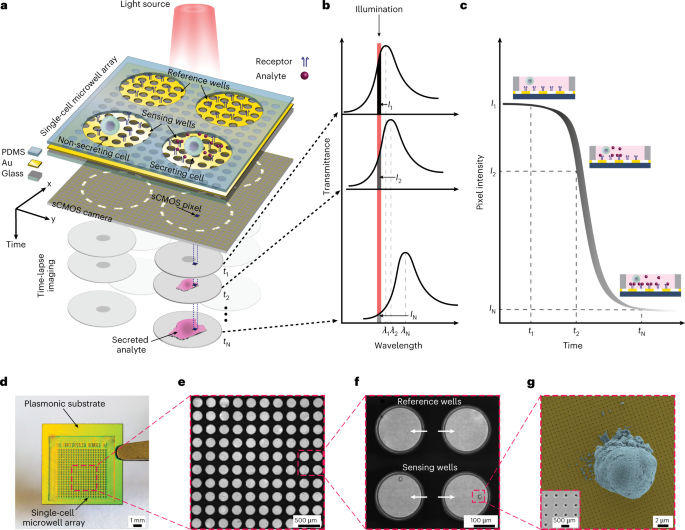2023-04-11 スイス連邦工科大学チューリッヒ校(ETHZurich)
ETHチューリッヒの研究者たちは、新しいデータと機械学習を使用して、キーボードとマウスの使用方法から私たちがどの程度ストレスを感じているかを判断できるモデルを開発した。研究者たちは、実験により、ストレスを感じている人々はリラックスしている人々とは異なるタイピングとマウスの動きをすることを証明した。
ただし、労働者のストレスを検出することは倫理的問題を引き起こすため、データの保護が重要であると指摘されている。
<関連情報>
- https://ethz.ch/en/news-and-events/eth-news/news/2023/04/detecting-stress-in-the-office-from-how-people-type-and-click.html
- https://www.sciencedirect.com/science/article/pii/S1532046423000205?via%3Dihub
模擬オフィス環境におけるマルチモーダルストレス検出のための解釈可能な機械学習アプローチ An interpretable machine learning approach to multimodal stress detection in a simulated office environment
Mara Naegelin, Raphael P. Weibel, Jasmine I. Kerr, Victor R. Schinazi, Roberto La Marca, Florian von Wangenheim, Christoph Hoelscher, Andrea Ferrario
Journal of Biomedical Informatics Available online: 30 January 2023
DOI:https://doi.org/10.1016/j.jbi.2023.104299

Highlights
•Our experiment simulates a realistic group office environment and stress scenarios.
•Our machine learning models detect stress levels from mouse, keyboard and cardiac data.
•Mouse and keyboard data may better detect stress in office contexts than cardiac data.
•Specific mouse movement and typing behaviours seem to characterise stress predictions.
Abstract
Background and objective:
Work-related stress affects a large part of today’s workforce and is known to have detrimental effects on physical and mental health. Continuous and unobtrusive stress detection may help prevent and reduce stress by providing personalised feedback and allowing for the development of just-in-time adaptive health interventions for stress management. Previous studies on stress detection in work environments have often struggled to adequately reflect real-world conditions in controlled laboratory experiments. To close this gap, in this paper, we present a machine learning methodology for stress detection based on multimodal data collected from unobtrusive sources in an experiment simulating a realistic group office environment (N=90).
Methods:
We derive mouse, keyboard and heart rate variability features to detect three levels of perceived stress, valence and arousal with support vector machines, random forests and gradient boosting models using 10-fold cross-validation. We interpret the contributions of features to the model predictions with SHapley Additive exPlanations (SHAP) value plots.
Results:
The gradient boosting models based on mouse and keyboard features obtained the highest average F1 scores of 0.625, 0.631 and 0.775 for the multiclass prediction of perceived stress, arousal and valence, respectively. Our results indicate that the combination of mouse and keyboard features may be better suited to detect stress in office environments than heart rate variability, despite physiological signal-based stress detection being more established in theory and research. The analysis of SHAP value plots shows that specific mouse movement and typing behaviours may characterise different levels of stress.
Conclusions:
Our study fills different methodological gaps in the research on the automated detection of stress in office environments, such as approximating real-life conditions in a laboratory and combining physiological and behavioural data sources. Implications for field studies on personalised, interpretable ML-based systems for the real-time detection of stress in real office environments are also discussed.


